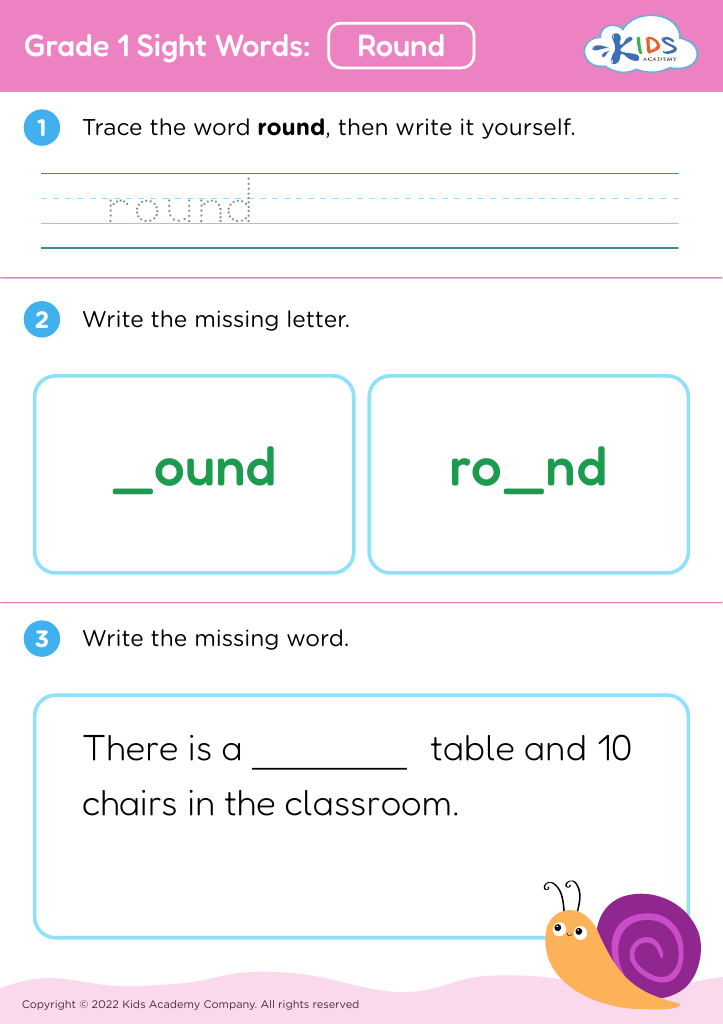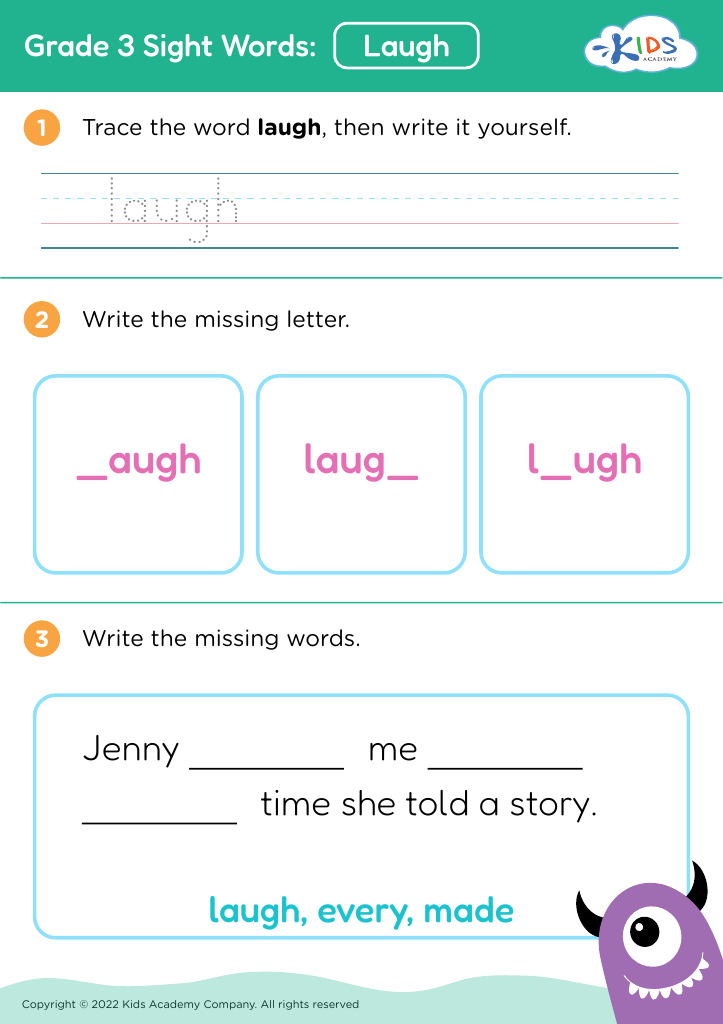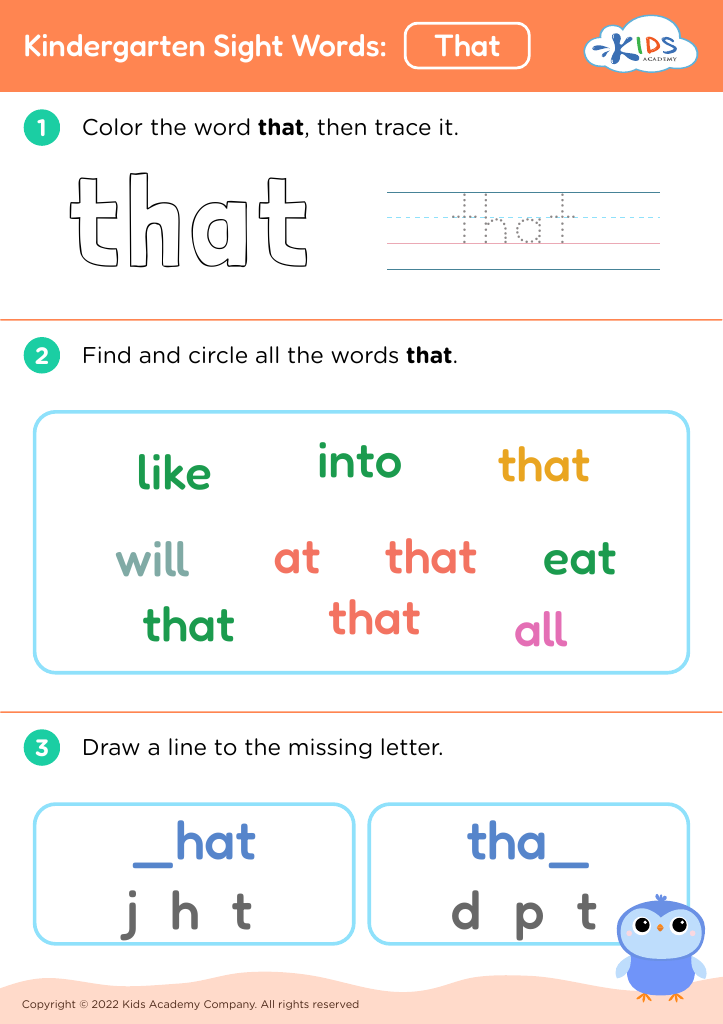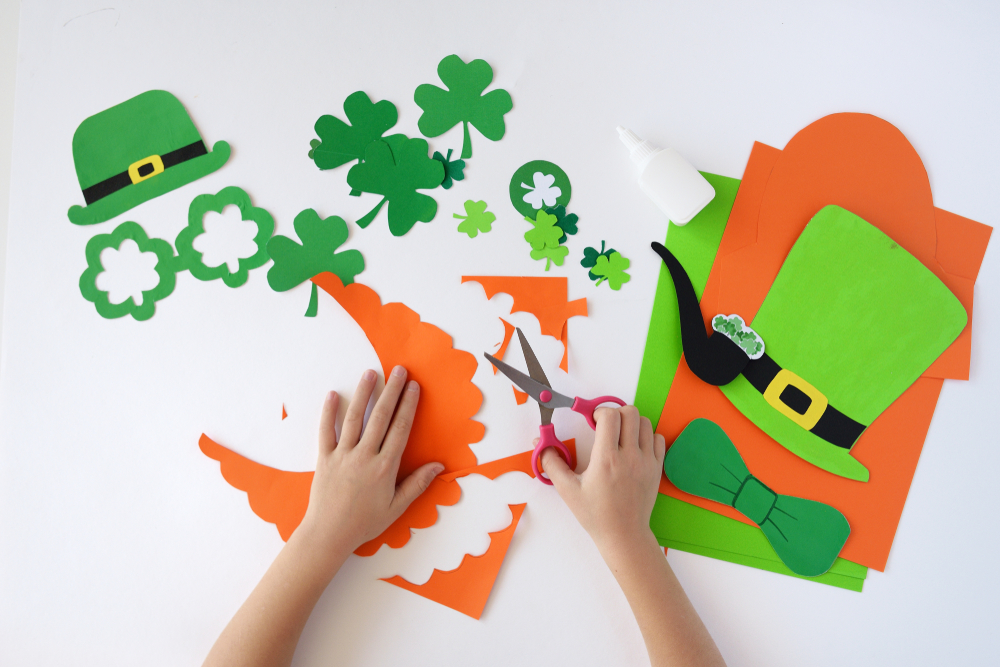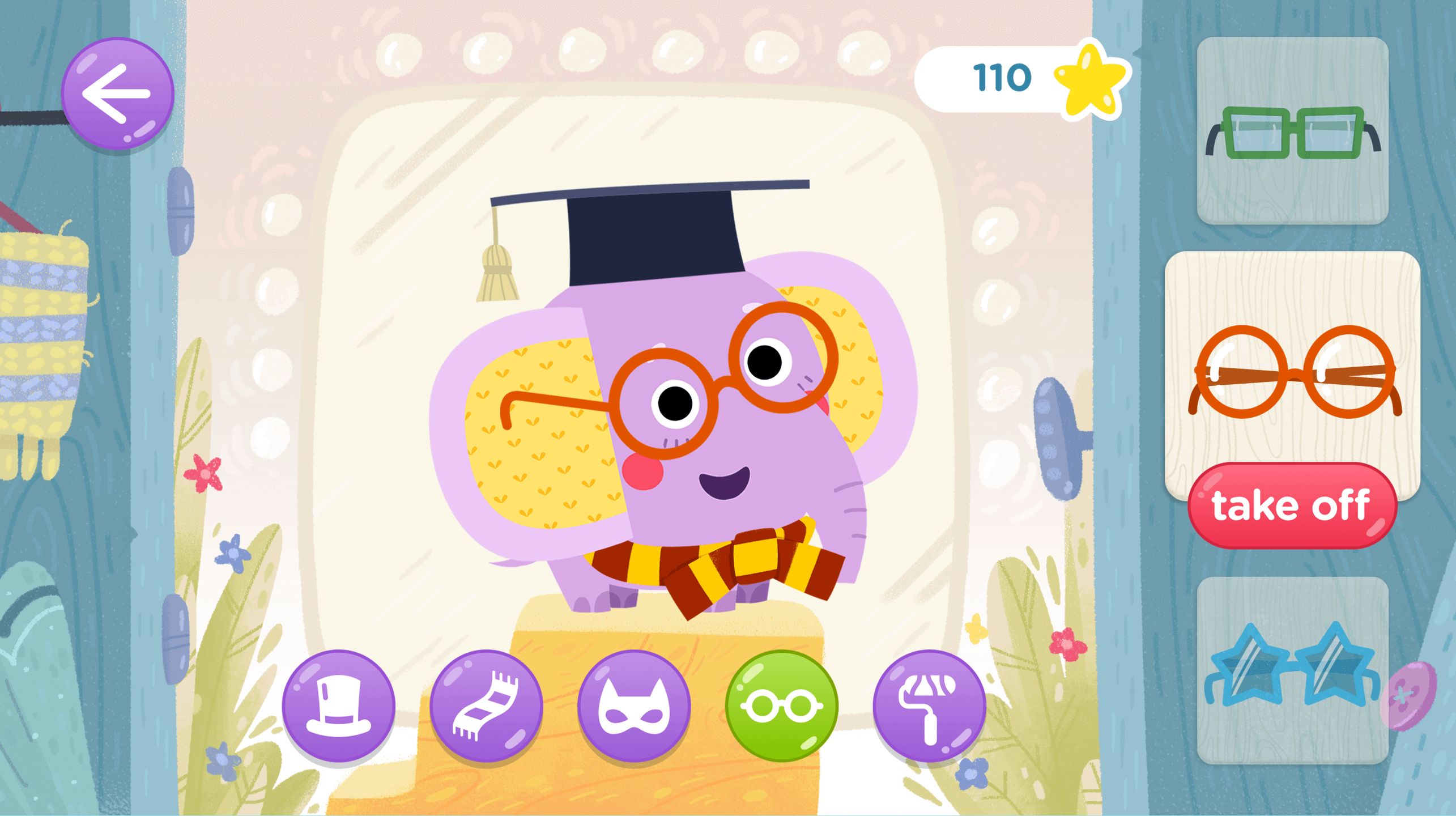Practice subtraction Reading Worksheets for Ages 3-8
4 filtered results
-
From - To
Welcome to our "Practice Subtraction Reading Worksheets" page, designed specifically for children ages 3-8. Educators and parents will find a variety of engaging worksheets that seamlessly integrate subtraction skills with reading practice. Our resources help young learners enhance their mathematical abilities while improving their comprehension skills. Each worksheet is crafted to captivate children’s interest and promote critical thinking. Using vivid illustrations and relatable contexts, kids will cultivate their confidence in subtraction concepts while having fun. Explore our extensive collection and watch your child flourish in their numerical and reading skills, setting the stage for future academic success!
Parents and teachers should emphasize the practice of subtraction reading for children aged 3-8 because it lays the foundational skills for mathematical understanding and critical thinking. At this formative age, children are inherently curious, and linking subtraction with reading can foster a love for learning. By engaging with stories that incorporate subtraction concepts, children learn to visualize mathematical problems and develop problem-solving skills in a relatable context.
Additionally, reading books that feature subtraction in playful scenarios helps enhance comprehension and vocabulary. These interactions not only strengthen their math skills but also improve their language abilities, which are crucial at this stage of development. Subtraction reading activities, such as counting items in a story or discussing scenarios that involve taking away, make learning interactive and enjoyable.
Moreover, early exposure to subtraction through reading promotes cognitive development by encouraging children to think critically about quantities and relationships. It helps them build a positive attitude toward math from an early age, making them more likely to succeed in later years. Ultimately, practice subtraction reading nurtures a well-rounded learner who can connect various subjects, paving the way for academic success and confidence in their abilities.

